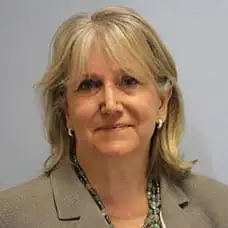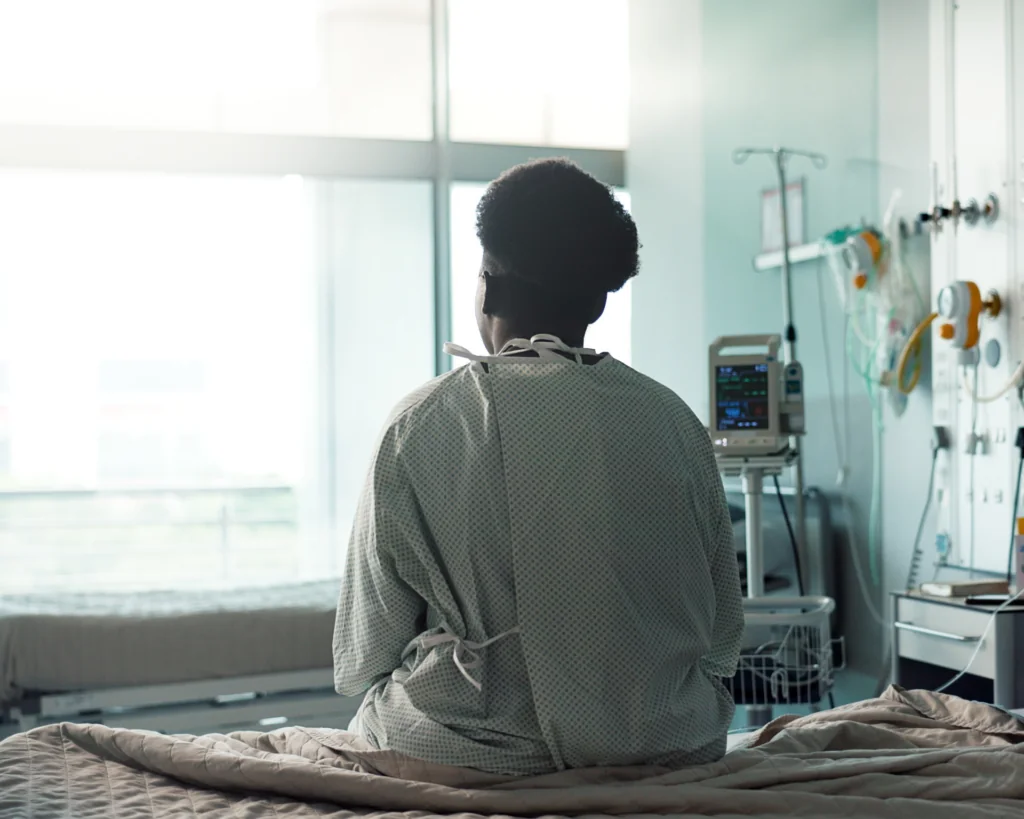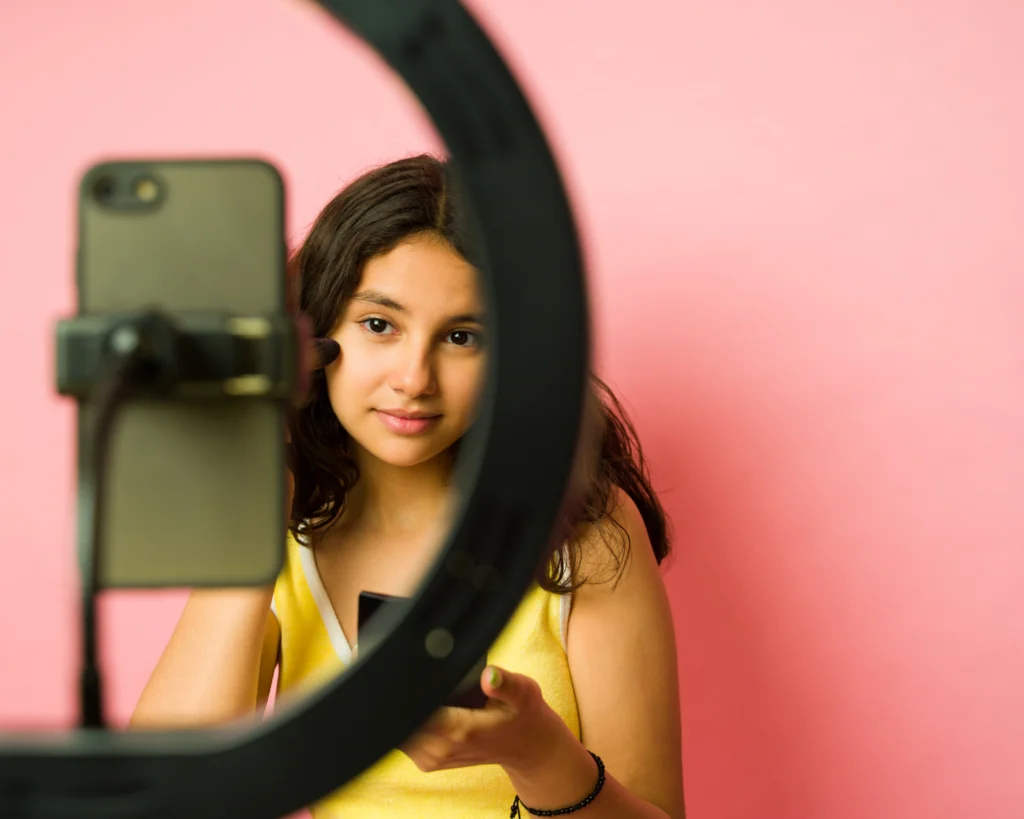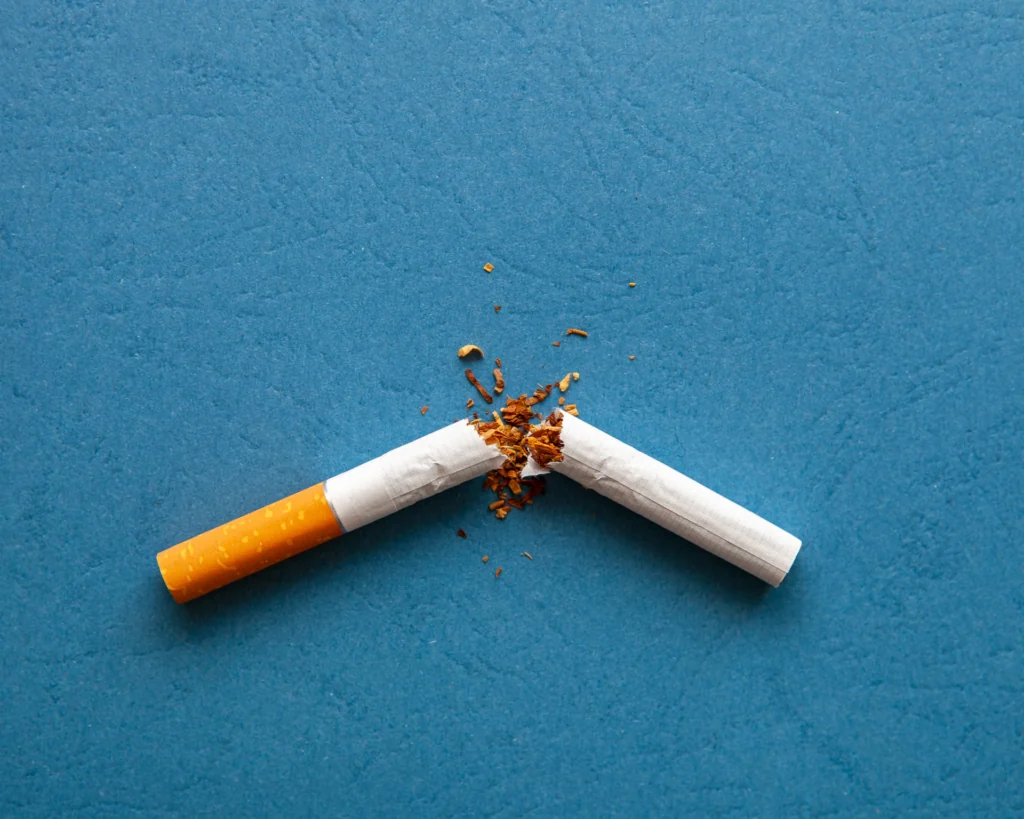Measuring Social Recovery in Burn Survivors
The social component of burn recovery is of great interest to clinicians and public health researchers. The LIBRE Profile tracks burn recovery and social participation with the goal of improving rehabilitation efforts and identifying areas where additional support is needed.
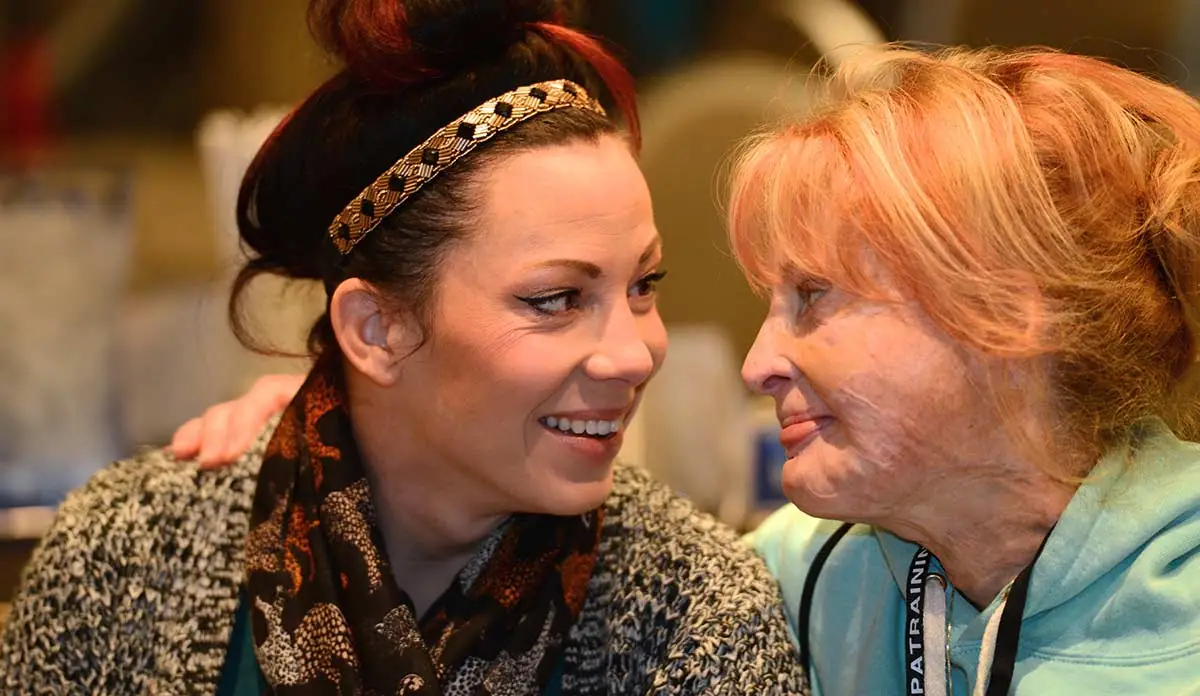
Read Time: 3 minutes
Published:
Treatment for burn injuries has improved over the past few decades, allowing more burn survivors to thrive. In addition to physical changes, burn survivors encounter changes in their social lives. The physical and emotional trauma of the injury may shape interactions with loved ones or strangers, at work or in the community. The social component of burn recovery is of great interest to clinicians and public health researchers. But the research community has not developed tools to describe, measure, and track changes in relationships or more general social comfort and acceptance.
To fill this gap in the “toolkit” for supporting burn survivors, our team has developed the Life Impact Burn Recovery Evaluation (LIBRE) Profile. This project is a collaboration between burn survivor advocates, researchers, and clinicians at the Phoenix Society for Burn Survivors; the Boston-Harvard Burn Injury Model System (BH BIMS), a program at Spaulding Rehabilitation Hospital and Massachusetts General Hospital; and Boston University School of Public Health. The LIBRE Profile tracks burn recovery and social participation with the goal of improving rehabilitation efforts and identifying areas where additional support is needed.

Amy Acton, President of the Phoenix Society, has described the LIBRE Profile as a self-assessment tool that “asks questions in areas of our life that we may have challenges with when we return to our community.” It includes questions in six domains that burn survivors, clinicians, and medical support team members identified as important: 1) relationships with family and friends, 2) social activities, 3) social interactions, 4) work and employment, 5) romantic relationships, and 6) sexual relationships.
“This would have been an amazing questionnaire had I been able to do it closer to my burn injury,’” says Karen Collagen describing taking the LIBRE Profile in a video about the project. “I would be able to see the shift…between where I was and where I am. And that would mean that it would give me more hope.” The LIBRE Profile offers an entry point to a conversation between a burn survivor and his or her care team about that individual’s strengths and needs. It also opens up opportunities to assess community needs, connect survivors with appropriate resources, or evaluate the effectiveness of an intervention such as a support group.
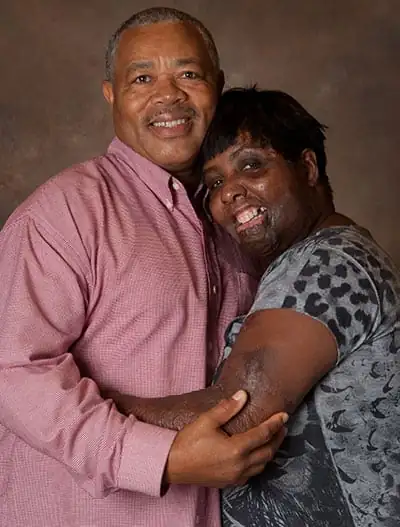
The LIBRE Profile is delivered as a computerized adaptive test (CAT), similar to the technology used for educational tests like the Graduate Record Examination (GRE), with 126 questions organized by difficulty. Based on the burn survivor’s response, the computer chooses the next question that will provide the most information about that person’s abilities. If someone answers positively, the next question will increase in difficulty and vice versa. The computer can calculate a score after asking 5-10 questions per domain. It is possible to get a precise score without requiring someone to answer the full list of questions.
Burn survivors and clinical experts shaped domain content, wording of questions, and plans for releasing the final tool. Burn survivors and clinicians from around the country have given critical input to make the tool relevant and usable. The LIBRE Profile will move to wider use over the next year. For example, the Boston-Harvard Burn Injury Model System recently began a project to track burn survivors’ LIBRE Profile scores over time.
Acknowledgement
The web-based platform for the LIBRE Profile CAT was developed by the BU Software & Application Innovation Lab (SAIL) at the Hariri Institute for Computing. For updates, visit the team’s website or connect on Facebook or Twitter. The LIBRE Profile is funded by the National Institute on Disability and Rehabilitation Research.
Images courtesy of the Phoenix Society for Burn Survivors.
